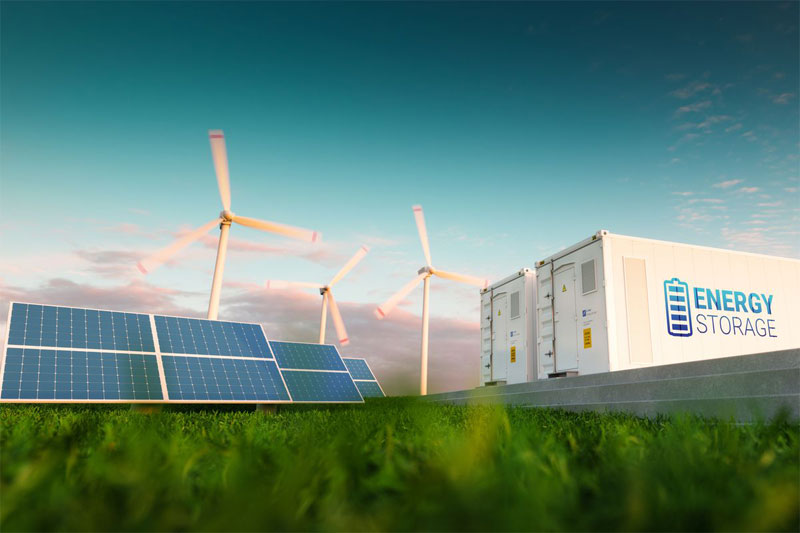Clean energy and battery energy storage are big trends
Recently, David H. Turpin, president of the University of Alberta, expressed concerns during an interview with the first financial reporter after a dialogue on the theme “Alternative Energy: Driving the Potential of the Future”: “I believe that all countries in the world face the same challenge of how to achieve sustainable development while meeting public energy needs." The big challenge we face now is how to store energy, and the development of battery energy storage technology will be a new and important step forward.

Increasingly low-cost energy storage battery investment will be even hotter
On the issue of all-weather power supply, if the electricity generated by renewable energy cannot be reasonably stored, if the cost of the battery is too high and the power plant is not willing to store a few hours of power generation at a time, clean energy will be difficult to replace fossil energy.
In this circumstance, this year's Nobel Prize in Chemistry was awarded to three scientists, John B. Goodenough, Stanley Whittingham, and Akira Yoshino, for their lithium-ion batteries. Research contributions. This battery can store solar and wind energy, making the world without fossil fuels possible.
David H. Turpin, President of the University of Alberta told reporters: "This is a very important point in the energy transformation discussion, because the big challenge we face now is how to store energy, and the development of battery storage technology will be a new and important step forward."
According to the Bloomberg New Energy Finance Report, battery prices have fallen by 84% in less than a decade, providing a solution to the rapid growth in energy storage demand. According to the agency's forecast, global energy storage devices will grow 122 times from 2018 to 2040, and the scale span during this period will require a large amount of investment to be realized.
Fortunately, lower and lower battery costs will spur investors' investment in utility-scale batteries. Bloomberg predicts that the cost per kWh of lithium-ion battery will be further reduced by half by 2030. As a result, by 2050, public-scale battery-receiving investments are expected to reach $521 billion, compared to $322 billion for small-scale batteries. In addition, nearly three-quarters of the global energy storage device market is being occupied by 10 countries, measured in units of Giva. By 2040, China and the United States will be far ahead, and the current major market, South Korea, will lose its position. Other important markets include India, Germany, Latin America, Southeast Asia, France, Australia and the United Kingdom.
Li Yunwei, Professor of Electrical and Computer Engineering, University of Alberta School of Engineering also added to the reporter: "There are many kinds of energy sources that can start with lithium battery technology, such as methanol fuel cells, which is a solution for power storage. But in addition, you must use a smart way to control the load, the load is adjustable. In short, there is no single solution here, and there must be a more comprehensive solution."